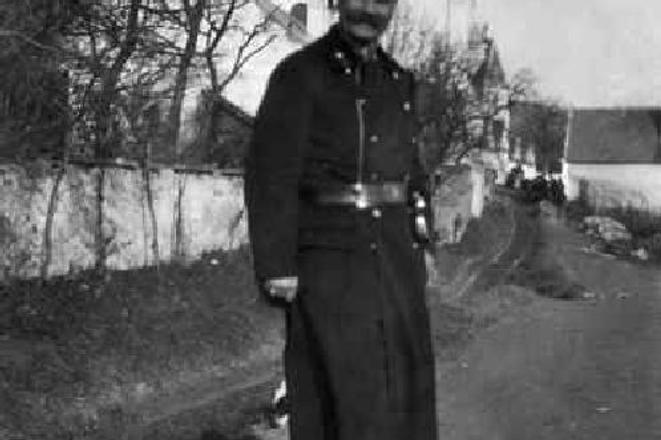THE PRESENT-DAY Bratislava district of Rača was once a separate settlement known as Račišdorf, and was visited by people from the nearby city mainly to sample its excellent wine. Račišdorf used to be ethnically diverse. The majority of its inhabitants were Slovaks, who lived mostly at the “Lower End” (Dolný Koniec). The “Upper End” (Horný Koniec) was inhabited by a large German community. The range of ethnicities also included a group of Croatian residents.
In terms of religion, Rača, like most municipalities in Slovakia, was divided principally between Catholics and Lutheran Protestants. The Lutherans built their existing church in 1834; before then, they had held services wherever the opportunity arose. When, in the 16th century, the ideas of the Reformation came to Rača they found a dedicated supporter in the person of Count Siegfried Kolonich. The formation of new Lutheran bodies attracted mainly local Germans. The first Lutheran church in Rača was a chapel which used to be part of Count Kolonich’s mansion. Later during the Reformation Lutherans took over the Catholic parish church for half a century. This caused great animosity between local Catholics and Lutherans that continued for decades.
In 1629 the church was returned to the Catholics, and in 1637 Rača’s new landlord, František Keglevič, a Catholic, ordered that the Lutheran preacher Rudolf Mueller be cast out of the village. During the Counter-Reformation, the Lutherans lost their property and were forced to meet secretly in cellars to listen to preachers. Later, after the Edict of Tolerance was issued by Emperor Jozef II, the Rača Germans attended services in Bratislava. Finally, in 1834, they were able to build their own church. It is shown in this rare photo, dating back to WWI, in which a soldier is pictured next to it.

